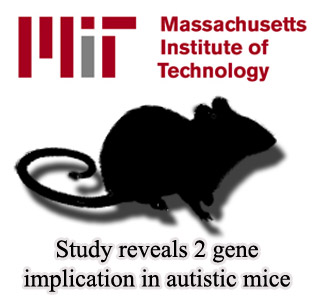
This study supports the claim that in genetically autistic people more than one gene is implicated. The study findings could prove to be beneficial for the development of various new drugs that aim for the signaling mechanisms between the two interacting genes responsible for some autism spectrum disorders (ASDs) symptoms. People suffering from this disorder reflect improper social interaction, have repetitive behavior and impaired communication. Following mental retardation, this disorder is believed to be the second most common serious developmental disability.
Lead study investigator, Damon T. Page, postdoctoral fellow, Picower Institute, says that, “Our results provide evidence that the severity of autistic symptoms may be the product of variations in DNA in multiple locations in the genome.â€
Mriganka Sur, the Newton Professor of Neuroscience and head of the MIT Department of Brain and Cognitive Sciences, says that, “An important implication is that because the majority of instances of autism appear to involve multiple genes, specific gene combinations may worsen effects. New therapeutics may one day be developed that influence particular signaling mechanisms in the disorder.â€
The study investigators discovered that the mice with mutations in two different candidate autism susceptibility genes showed more rigorous symptoms as compared to the one’s with a single mutation. These investigators conclude that an interaction between these two genes has an effect on the mice brain.
They state that a more detailed analysis needs to be conducted in order to gain a deeper perspective. They aim to conduct further studies in order to understand how environmental, genetic and pharmacological manipulations affect the autistic behavior of these animals.
Their findings are published in the advance online edition of the Proceedings of the National Academy of Sciences.
